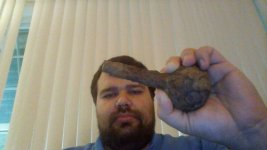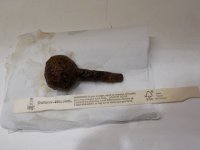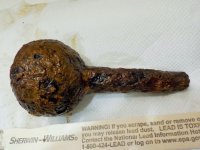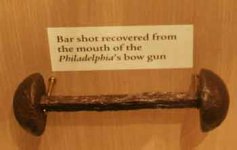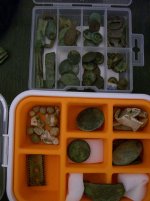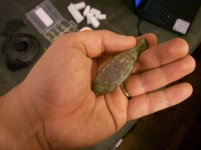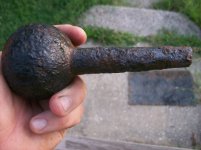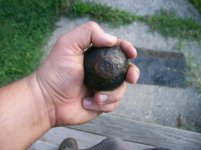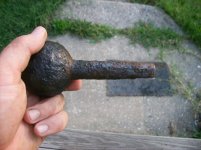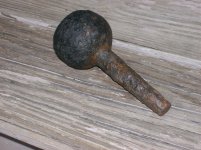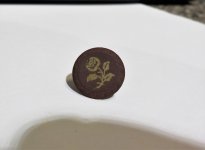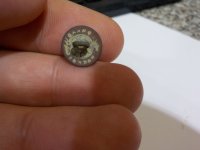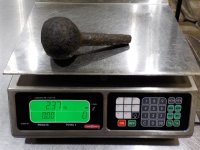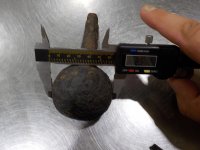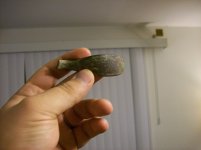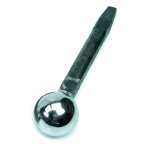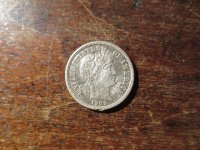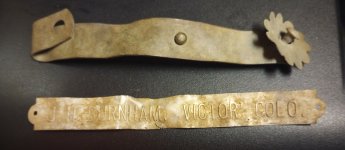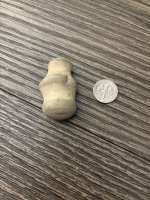Maryland Dan
Greenie
I have no idea on this one. I have heard both. I am running in a electrolysis tank right now. It was found at a site with items from the mid 1700s up to 1950s until they let the woods grow where a home site existed. It is within view of water but no military action from what I understand. I have found tons of buttons, a KGIII, some smooth coppers (thin), and a couple large cents. It was farm land and used for hunting. I have also found a few musket balls and a trigger guard with a flower on it. Would love some ways to figure it out.
